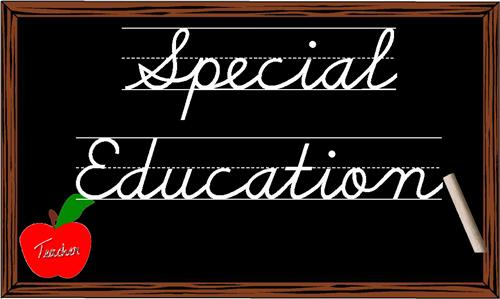
Special education teachers are beginning to be taught 22 high-leverage practices which have been proven through research to deliver greater results. Oregon’s director of special education Sarah Drinkwater says the high-level practices have given schools of education a “common language” for use when preparing well-qualified teachers. These practices enable teacher to better identify where each student’s strengths are.
A newly-minted special education teacher should be able to collaborate with professionals to increase student success; use multiple sources of information” to understand a student’s strengths and needs; and systematically design instruction toward specific learning goals.
Along with the 22 high-leverage practices, newly-minted special education teachers are expected to collaborate effectively with their contemporaries and systematically designed instruction toward specific learning goals. There was a challenge when deciding on 22, as Deborah Ziegler, director of policy and advocacy for the CEC, said. Those 22 high-leverage practices address the fundamental aspects of competent special education instruction.
Key Takeaways:
1
New debate is arising over what special education teachers need to know. Parents want to express their concerns about the abilities of these teachers.
2
Make sure that special education teachers can collaborate with professionals. That should ensure student success is always increasing in the classroom.
3
They can also use multiple sources of information to understand student needs. Student needs are at the centre of a lot of debate in the schools.
Read the full article here:
http://www.readingrockets.org/news/what-should-special-education-teachers-know-and-be-able-do
http://www.readingrockets.org/news/what-should-special-education-teachers-know-and-be-able-do
Do You Need help with a Learning Difficulty?
Our simple online analysis will help you get to the core of the problem and find the right solution for you.
Understanding how to help someone with a learning difficulty starts with understanding which micro-skills are affected. When you learn which of the micro-skills is the problem, you will then be on your way to solving it.
You'll also learn how to:
- Build confidence
- Enhance Learning ability
- Eliminate avoidance
- Build grit
You can get this analysis for free by filling out this simple form. This will help you get to the bottom of a learning difficulty and provide you with a solution. If you are ready to put this problem behind you click the button below and fill out the form.










